Onion sets Troy F1 fraction 14-18mm, seeds weight mesh 0.45kg +/- 5%
$3.1
Onion sets Troy F1 fraction 14-18mm, seeds weight mesh 0.45kg +/- 5%
250 in stock
The main characteristics of the variety: The yield of bulbs is on average 50% higher than that of conventional varieties. Productivity reaches 5 kg / m2. Its taste is moderately sharp, the purpose of the fruit is universal. The vegetable is perfect for fresh consumption, canning and salads. The onions can be stored well even for a long period (up to four months without loss of taste). Turnips are round in shape, medium in size and white flesh. The variety belongs to early ripening, the winter harvest can be harvested in July – early August. The Troy onion variety, the planting of which is described below, contains many useful substances, in particular, an increased content of iron and calcium, as well as B vitamins. The plant is resistant to typical pests and diseases, so growing is not difficult. Important nuances of landing: It is not always possible to purchase selected seedlings, therefore it is better to grow planting material from nigella seeds. For this, onion seeds are planted in early spring, and at the end of the season you will have strong onions of different sizes at your disposal. When storing seed, a dry and cool place should be prepared, and with the winter growing method, the resulting seed can be used after drying and preparation. Thus, next summer you can harvest a good harvest of this onion variety, as well as stock up on seeds for subsequent cultivation. Troy onions are planted in well-lit places without stagnant moisture and rocky areas. Onions love loose sandy and loamy soils with good drainage. High beds are suitable, as well as special greenhouses in which you can grow onions and other crops in the winter. The landing time is determined individually. It is optimal when the temperature is kept at least five degrees Celsius for several days. This period falls at the end of September and until the beginning of November, depending on the region of residence. The best way to plant is to make deep trenches (at least 15 cm), add sand mixed with wood ash to the bottom. Place the sevok at a distance of at least 10 – 12 centimeters from each other, and the height of the depression should be at least one “growth” of the bulb. After planting, do not water the beds so that the turnips do not rot. Mulch the soil surface using spruce branches, dry straw, tree branches and tops of agricultural crops. If such a shelter is impossible, agrofibre and even ordinary sawdust can be used. Mulching will save the planting from freezing, and will also provide additional feeding. After the appearance of snow, you can regularly sprinkle it on the beds, providing a dense layer of protection. Until the beginning of spring, planting is not watered, fertilized and loosened. All this will need to start with the appearance of stable heat. The first feeding is carried out around mid-April – early May with organic fertilizers. At the end of June, you can also use minerals or rotted manure, but no later than a month before harvesting. Weeding and loosening regularly will help speed up the growth of your turnips. Watering is carried out as needed with warm, settled water. Harvesting takes place at the end of July, after the tops turn yellow and light. Storage of this type of onion does not differ from the usual methods. You can braid “pigtails”, hang turnips in nets, or simply spread out on a dry surface. Under the right conditions, the onions keep perfectly fresh until the new year. Troy onions planted before winter are distinguished by a consistently high yield and excellent taste characteristics.
| Weight | 0.020 kg |
|---|


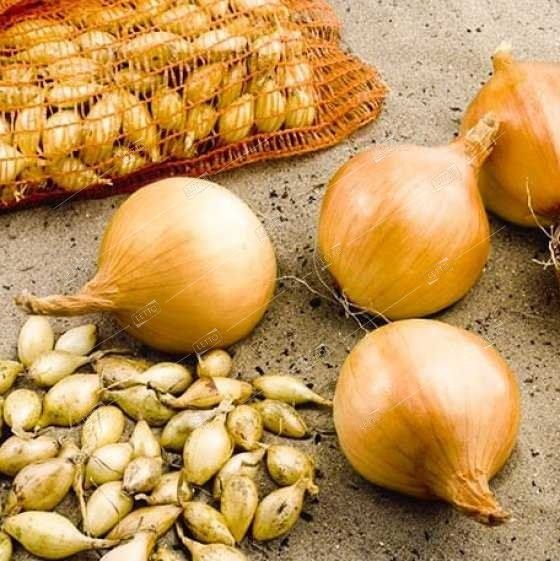
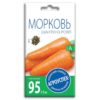



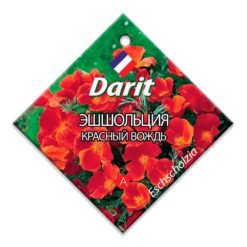
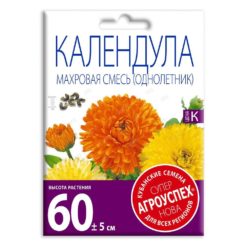
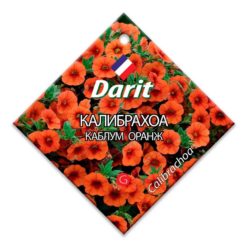
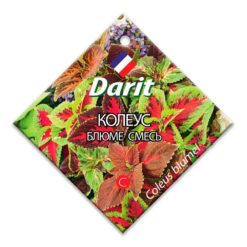
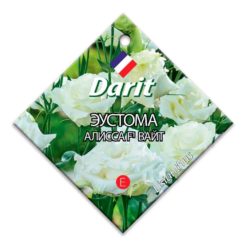
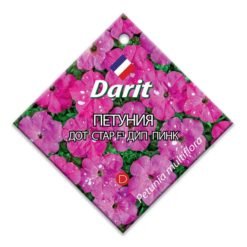
Reviews
There are no reviews yet.